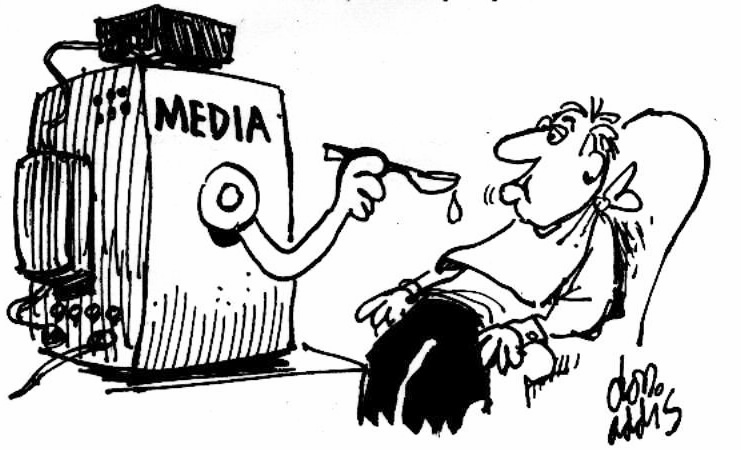I came across this page through a friend, and I saw Vidisha Ghosh’s review of the Wind in the Willows and felt compelled to write about my experience with its sequel this winter. I was gifted the sequel The Willows in Winter as a first edition hard back upon its release back in 1993. At the age of 10, this hard back with thoughtful character illustrations was probably one of the most beautiful books I owned, but in its beauty and huge size, relative to that of a 10 year old, it almost felt too grown up to read and too beautiful to touch. Needless to say, as teen years passed through to adulthood, I did not feel the draw of a book written for children and it remained on the shelf in its pristine condition. The Willows in Winter has since travelled with me to each home I’ve moved to where it has always taken pride of place on my bookshelf, untouched and unread, but certainly not unloved.
I finally got around to reading The Willows in Winter this January, amidst a bit of a reader’s block and the need for something easy and comforting. The UK government had just effectively cancelled Christmas with its no-mixing-of-households rule and announced its third indefinite lockdown. January can be hard enough in a normal year, let alone without the usual things that keep us going and I’ll admit my mood and resolve was starting to wane. I desperately needed something light and as I perused my shelves, I found myself reaching for The Willows in Winter. I picked it up thinking it might be the perfect book to cosy on up with in the dark winter and to get me out of my reading slump. What I wasn’t expecting was for the words on the first page to hit me with such force, that it brought tears to my eyes.
“I must not be uncharitable” said Mole “I have my home, I have my health and I- I must not be unfriendly”.
I sat down in my cosy reading chair and felt the weight of those words sink in. The words resonated deeply with the lockdown experience and the gradual increase in feelings of unease. During our first lockdown, I gave myself the motto, “don’t be a brat”. Not eloquent I know, but it was short, sweet and easy to berate myself with whenever needed. By this motto, I meant that regardless of how tough things might become, I resolved to remember our blessings, be grateful for what we have and be extra kind and mindful of how we speak with others, who may be facing more difficult challenges. But, I have to admit that in January, after too many zoom calls, and a seemingly endless stream of calls from others looking to offload their own concerns and troubles, I was starting to feel the need to retreat even further and hibernate in my own little world to feel a bit sorry for myself.
So, at the perfect time, after almost 30 years on my bookshelf, along came the wonderful characters of Mole, Toad, Rat, and Badger to remind us of some important lessons. Mole’s opening dialogue is referring to his nephew as an unwanted lodger, when Mole craves nothing more than his peaceful home and privacy. What follows is a tale of adventure and friendship as they each go in search of rescuing each other from various escapades. We are reminded of the need to embrace each other’s differences and that friendship does not have to be with those who are like-minded but should span different personality types, and as a result how much we can learn from each other. For example, in contrast to Mole’s introverted nature, is the polar opposite of Toad. Toad can often be perceived as an arrogant and self-centred rich character, often reckless in his pursuits. However, in reading between the lines, we see a character who has had his sense of adventure subdued and so desperately seeks some kind of release through risky pursuits, much like how some would see a few of our rebel entrepreneurs in the real world, who can be revered and disliked in equal measures. The Willows in Winter is written by William Horwood as an homage to Kenneth Grahame’s classic and is faithful to the original in capturing the essence of Grahame’s characters.
Since reading the Willows in Winter several months ago, I’m now ahead on the reading challenge I set myself for the year and so my readers block has been officially cured. Whether I found a cure for my “uncharitable” nature as Mole would call it, is yet to be confirmed, but I vow to keep being mindful of others and provide a listening ear, whilst protecting my own needs as an introvert to retire and recharge in my own space. As social creatures, this lockdown has been hard on introverts and extroverts alike, and if Toad and Mole teach us anything it is that we need all types and all kinds of friendships to get the best from this world.
The experience also made me reflect on what it is to be a bibliophile. Thinking of the books we covet on our shelves for years, from those in pristine condition too beautiful to touch, to the well-thumbed copies of our favourite books. Those books that remain with us reminds us of who we were when we read them, much as that “to be read pile” is a nod to who we hope to become as our future selves – I’m thinking here of my literature classics section, that I want to be intellectual enough to read, but still feels somewhat of a chore to start! I also think about the journey of those books that we decide not to keep, those that we pass on to friends in the hope that they will bring similar joy or understanding to them as it did for us. The Willows In Winter, will now remain forever cherished on my bookshelf as a reminder of that Winter lockdown and however tough life gets, we must be grateful for our blessings and keep goodwill in our hearts.























































































